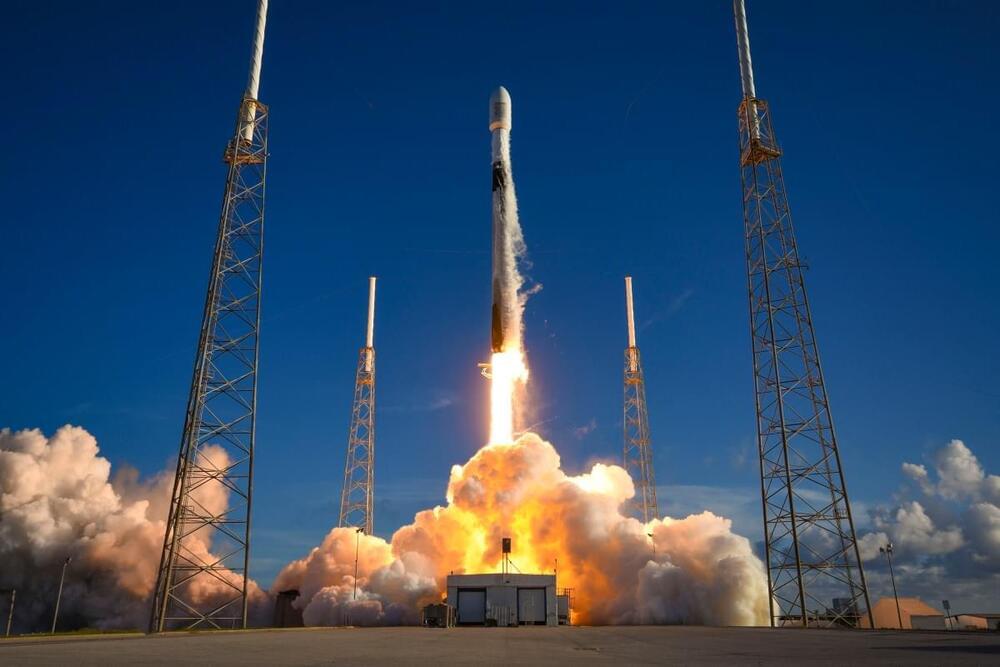Oct 20, 2024
Mysterious Space Plane X-37B to Try ‘First of a Kind’ Maneuvers in Orbit
Posted by Saúl Morales Rodriguéz in category: space
The X-37B Orbital Test Vehicle (OTV) has been shrouded in mystery since its maiden flight in 2011.
Designed by Boeing and operated by the US Space Force (USSF), this remotely operated, reusable space plane is designed to operate in Low-Earth Orbit (LEO), 240 to 800 kilometers (150 to 500 miles) above the Earth, and test reusable vehicle technologies that support long-term space objectives.
On December 29th, 2023, the X-37B began its seventh mission (OTV-7) and has reportedly been conducting experiments on the effects of space radiation and testing Space Domain Awareness (SDA) technologies.



 $\sim$15 arcsec resolution) and catalogues of about three million source components with spectral index and polarisation information. In this paper, we present a description of the RACS survey and the first data release of 903 images covering the sky south of declination
$\sim$15 arcsec resolution) and catalogues of about three million source components with spectral index and polarisation information. In this paper, we present a description of the RACS survey and the first data release of 903 images covering the sky south of declination  $+41^\circ$ made over a 288-MHz band centred at 887.5 MHz.
$+41^\circ$ made over a 288-MHz band centred at 887.5 MHz.














